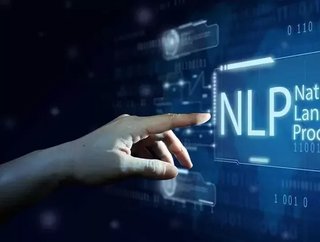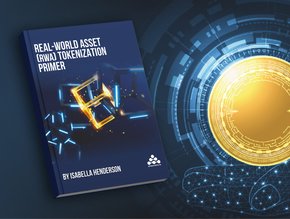How NLP helps fintech pros get an edge

Historically, the financial services industry has been one that approaches technology with caution.
Feasibility, regulation and privacy have all been barriers to tech adoption over the years. But that’s changing—a move brought on not only by choice but necessity. Financial institutions are drowning in text data, from compliance reports and contracts to news stories and even social media musings. The pace of information has accelerated exponentially over the past decade, and traditional processes just can’t keep up.
As a result, organizations are turning to automation solutions to help them cut through the noise and gain important insights more quickly and accurately than humans are capable of. This is why fintech is turning to Natural Language Processing (NLP): a subset of AI that has the power to help make fast, better-informed decisions, giving users a competitive edge. And with the ability to parse textual data, while understanding the nuances of industry jargon, numbers, different currencies, and company names and products, it might just be one of the most significant technologies to hit the industry.
What might come as a surprise is one of the most impactful applications of NLP in finance has nothing to do with crunching numbers, but rather, reading and writing. In fact, almost all financial news is now coming from algorithms, from Bloomberg Terminal to SEC filings, and even tweets. In the eighties, you had to read all of this information yourself—in 2021 that’s simply not possible. To achieve this would be akin to trying to watch every video on YouTube. Perhaps with unlimited hours at your disposal this would be doable, but timing is of the essence. Taking twenty minutes vs. two-minutes to distill important information makes a huge difference, and NLP is responsible for the quick analysis and delivery of this information to the professionals who need it fast.
What’s less known is that a lot of this content is actually written by algorithms, too. For example, in past years, an analyst would read and write about S1 filings, but now, these are automated in the form of news writing, blogging, and tweeting. The algorithm reads the article, decides what’s important to write about, and when and where to post it in order to get pertinent information out. Again, accuracy and time are vital factors here, and with NLP, you don’t have to question whether you’re sacrificing one for the other.
Another useful application of NLP is turning unstructured data into a more usable form. For example, not all data is found in text: sometimes it’s presented during an earnings call, presentation, or from a live news report. NLP can capture this information, connect it to other siloed data sources, and understand the context to provide more actionable insights. As mentioned above, financial jargon is another challenge when it comes to searchability, especially if you consider different terms used by different institutions. NLP can intelligently link these to paint the full picture of what’s going on, helping to deepen industry knowledge and win an edge over the market.
With advances in NLP-powered knowledge graphs, relationships between things and text can be extracted quickly and easily. Take an acquisition, for example—you want to know what company got acquired, the date, the amount, if it's public, and other details—all of that can be rendered from analyzing text with NLP. Similarly, if you’re looking at financial news, executive movements, issuing stock, equity, etc., you care not just about the company name, but who acquired who, and other pertinent details that require NLP to understand the relationship between the two entities.
The adage “time is money” drives many financial services use cases, so the ability of NLP technology to provide real-time and accurate insights opens many opportunities. With a lot more data than even a few years ago, coming at speeds that even a massive team of human experts cannot process, automation tools are no longer just a cool feature but a necessity. Fortunately, all signs point to things heading in the right direction. According to recent research from Business Insider Intelligence, the influence of tech-savvy consumers, the looming threat of big tech companies, and the shifting attitudes of regulators toward new tech are all impacting the financial services industry. It will be exciting to watch how technology adoption takes off over the next year.
This article was contributed by David Talby, CTO, John Snow Labs






